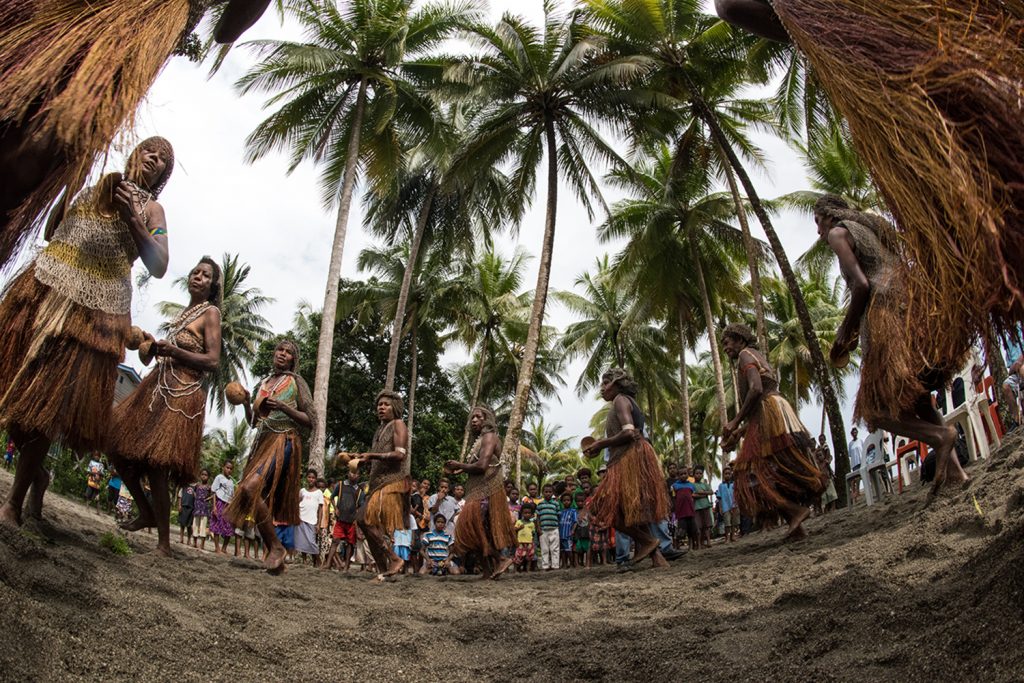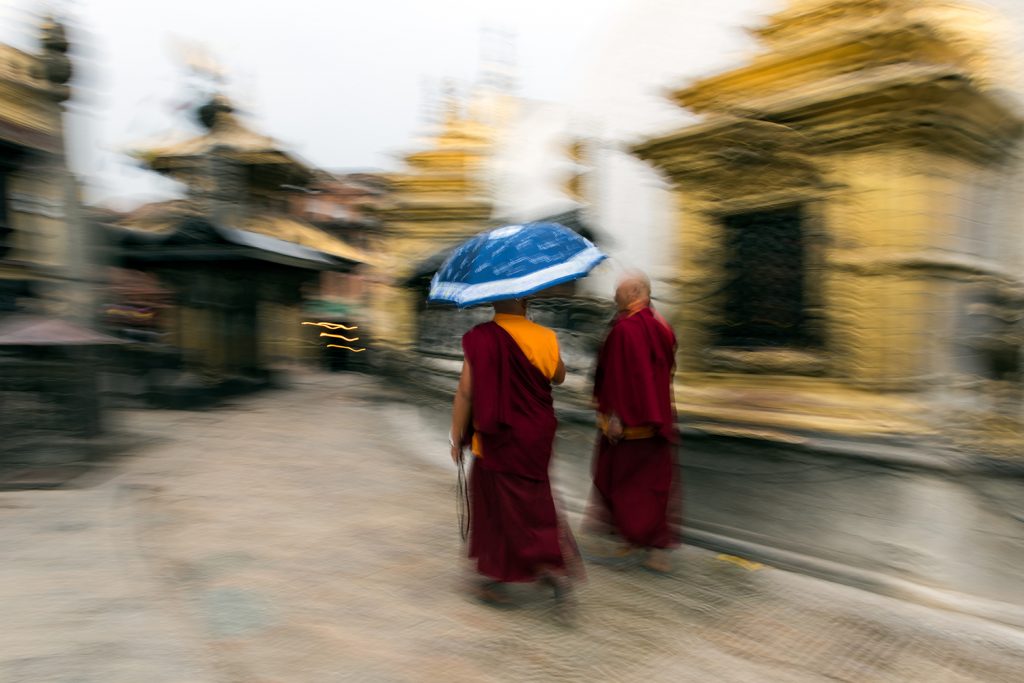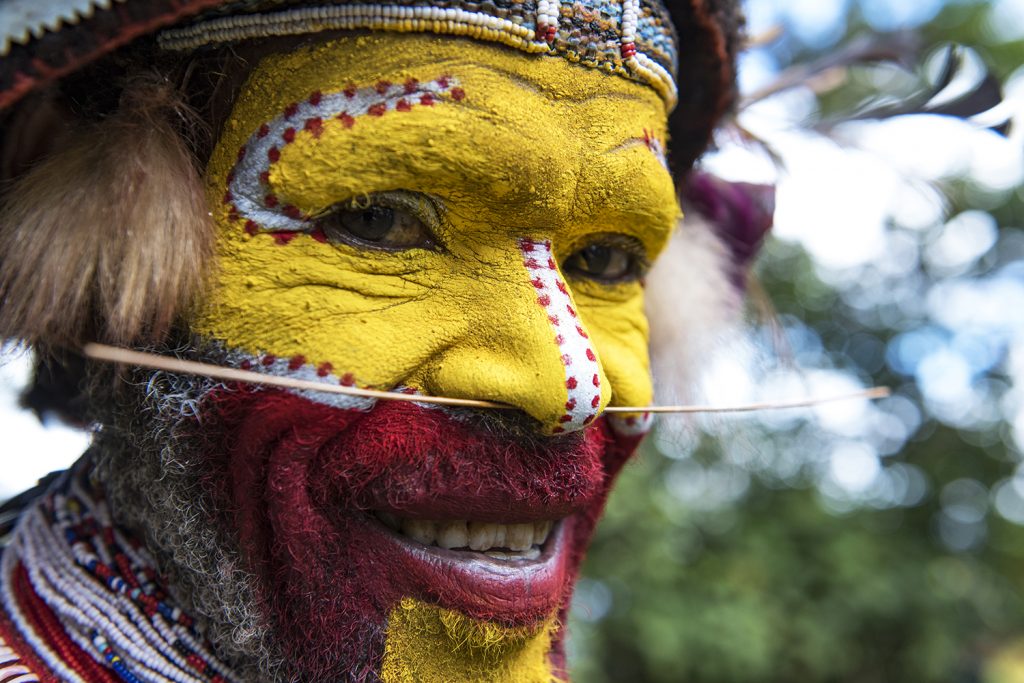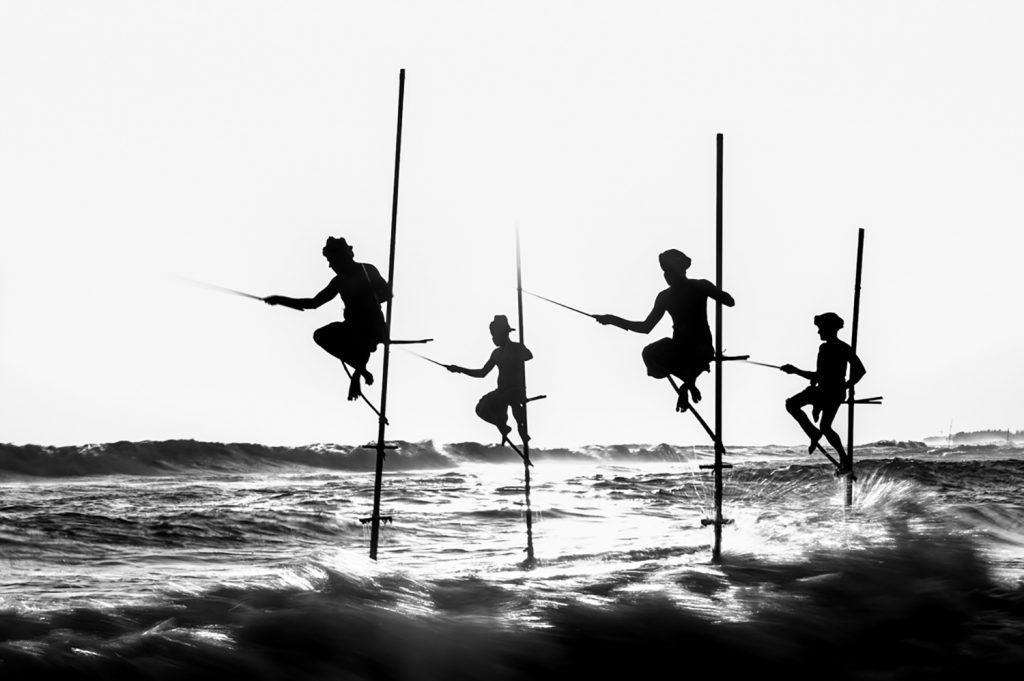Some of the most interesting and exciting subjects for travel photography are the tribal people of the world. While they often live in remote areas, making the effort to get them in front of your lens can result in some incredible photographic opportunities. As they are often so distinctive, it can be tempting to take the traditional portrait approach – head and shoulders, waist up or 3/4 length – and this can certainly produce good images. However, a bit of creativity can yield much more rewarding results.
Please be aware of cultural sensitivity. Collect information on whether people are happy to be photographed before you pull your camera out. Engage in conversation with them and ask for permission, always. Let’s look at some example of what photographing tribal people means to me:
Unusual angles: “Unusual angles and perspectives can help to bring an image to life and give it more impact. Here I got down really low and used a fisheye lens to exaggerate the circle of dancers. This also helped me to get more context in the image – the palm trees and the audience can be seen, but they do not interfere with the main subject.”

Convey motion: “The slow shutter speed I used in this one causes motion-blur and implies movement in the scene. I felt that this was an important element to capture, as it was one of the key aspects of what was unfolding before me. It also makes for a much more interesting and creative image than if I had used faster shutter speed, which would have frozen the scene and made it feel much more static. It was important to get the shutter speed just right so that some elements remained sharp.”

Focus: “Simplifying a photo by focusing on what’s most important can be really effective. With this tribesman in Papua New Guinea, I felt that the make-up and piercing were the star of the show and wanted the picture to be about that..”

Experiment: “Often I try different exposures. I was in Sri Lanka, and I was trying to come out with something different of the highly photographed icon fishermen on stilt. So I put a black filter on my lens and slowed down the exposure to a second or so. The idea was to keep the fishermen sharp while I was giving movements to the waves. I then turned the image black and white”.









